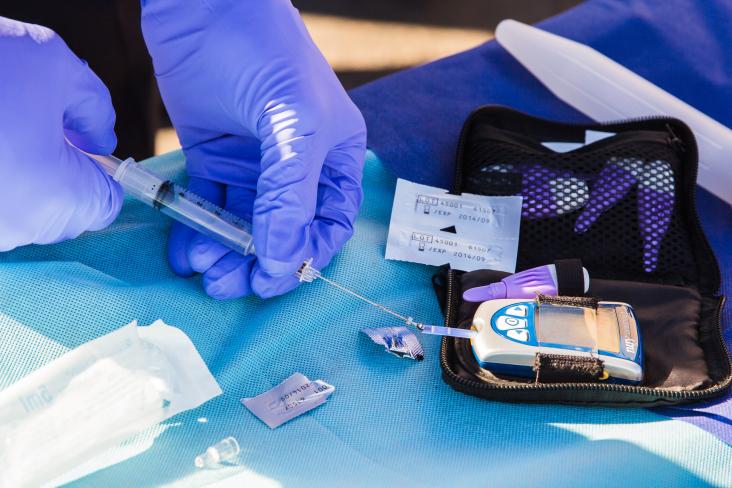This Article supports Sustainable Development Goal 3 by identifying an independent relationship between anxiety and subsequent cognitive progression in older people without dementia; these findings suggest that treating anxiety and targeting mitochondrial dysfunction may be effective in preventing dementia.
This Article supports Sustainable Development Goal 3 by advancing our understanding of the possible role of active immunotherapy against amyloid-β in individuals with mild Alzheimer's disease; the findings of this phase 2a study support the continued clinical development of UB-311 as an active immunotherapy for Alzheimer's disease.
This study supports SDGs 3 and 6 by showing that areas with better access to drinking water and sanitation had a lower abundance of antibiotic resistance genes, suggesting that increasing access to water and sanitation could effectively reduce the spread of antibiotic resistance in low-income and middle-income countries
Daily oral pre-exposure prophylaxis (PrEP) is effective in preventing HIV infection, MSM and TGW who exchange sex can have high PrEP uptake, persistence and adherence, and low HIV incidence when offered in supportive community-based settings.
Background: Towards hepatitis C elimination among people who inject drugs (PWID), we assessed the effectiveness of a strategy consisting of a community-based respondent-driven sampling (RDS) as wide s
This Article supports SDG 3 by showing that men who have sex with men (MSM) in Africa remain highly vulnerable to HIV acquisition and HIV-related mortality and morbidity, undermining the Global AIDS Strategy to end AIDS; realising the UNAIDS 95-95-95 targets and reducing disparities in HIV incidence requires urgent efforts to strengthen community-led prevention efforts.
This Article supports SDG 3 by highlighting the effectiveness of a new, multilevel service delivery model, including interventions at patient, provider, and clinic levels, that improves the virological outcomes of adolescents and young adults living with HIV, generalisable to the current treatment context in rural sub-Saharan Africa.
This Article supports SDG 3 by showing that short-course tuberculosis preventive treatment is likely to be cost-effective (compared with no tuberculosis preventive treatment) for adult contacts in 15 countries and people living with HIV/AIDS in seven countries, even under conservative cost-effectiveness thresholds.
This Article supports SDG 3 by examining cost-effectiveness of implementing the HITSystem, a web-based intervention designed to improve outcomes of infants exposed to HIV, in Kenya. The study finds that HITSystem is among the most cost-effective early infant diagnosis interventions reported to date; the the cost per infant exposed to HIV was US$31·38 and the incremental cost-effectiveness ratio for life-years saved was $82·72.

